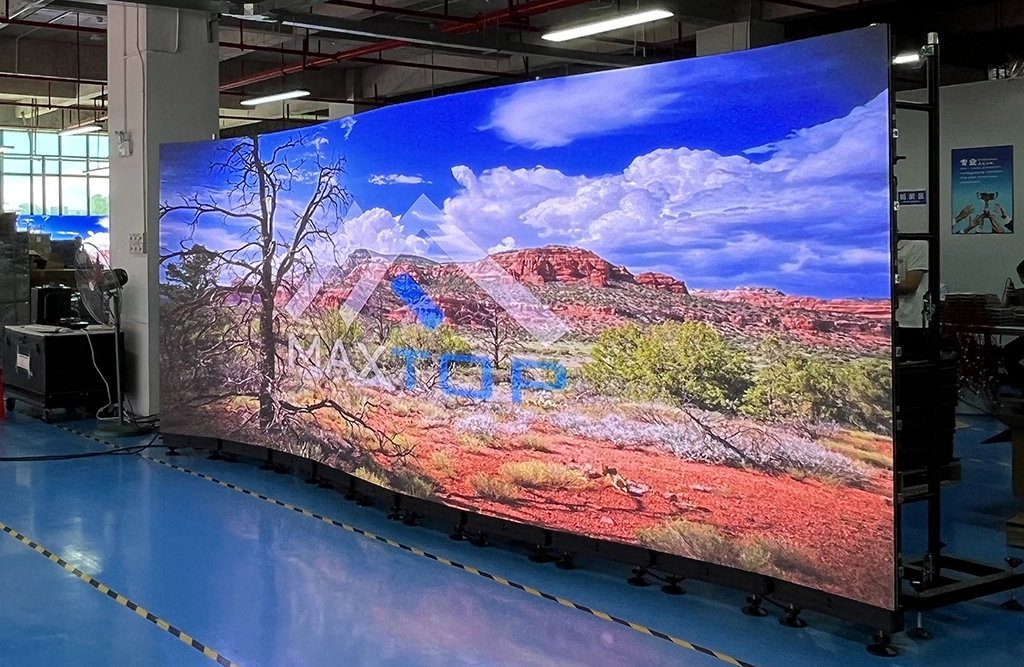Exploring the Longevity of Light Emitting Diode Wall Screens in Comparison to Conventional Screen Technologies
Exploring the Longevity of Light Emitting Diode Wall Screens in Comparison to Conventional Screen Technologies
Blog Article
Light-emitting diode panel screens have become progressively favored in current times, especially in settings like schools, businesses, and public areas. These panels use LED diodes (LEDs) to create vivid and lively visuals. One of the most significant advantages of LED innovation is its durability compared to conventional screen technologies, such as cathode ray monitors (CRTs) and LCD crystal screens. Understanding the differences in duration and functionality between these technologies can assist consumers make informed choices about their display needs.
Classic display methods, like CRTs, have been around for many decades. They were frequently used in TVs and computer screens. However, CRTs have a limited duration, typically lasting around 10,000 to 20,000 hrs of operation. This means that after a few of years, users may observe a deterioration in image clarity, such as fading or hue distortion. In contrast, LED panel panels can last significantly longer, frequently exceeding 50,000 hours. This extended duration means that consumers can experience reliable performance without the need for frequent substitutions.
Another important aspect to take into account is energy efficiency. LED wall screens utilize less power than conventional displays, which not only helps the ecosystem but also reduces power expenses. For instance, while a CRT monitor may use around 100 W of power, an LED panel can consume as little as 30 to 50 watts. This discrepancy in power consumption adds to the total longevity of LED technology, as lower energy usage generates less thermal energy. Excess heat can harm electrical parts, leading to a shorter duration for conventional displays.
In addition to their extended duration and energy efficiency, LED panel screens also offer superior image clarity. They offer brighter colors and better differentiation, making them ideal for multiple uses, from advertising to educational displays. The innovation behind LED panels allows for a wider sight perspective, meaning that images stay sharp and vibrant even when viewed from the side. This is a major benefit over traditional displays, which often experience from hue deformation and reduced brightness at wider perspectives.
In conclusion, the longevity of LED wall screens in contrast to conventional screen technologies is a crucial factor for buyers to take into account. With durations that can exceed 50,000 hours, energy conservation, and superior visual quality, LED technology offers many benefits. As technology continues to progress, LED panel panels are likely to become even more prevalent in multiple settings. Grasping these differences can help individuals important source and entities make improved decisions when investing in display technology, guaranteeing they get the optimal value for their needs.